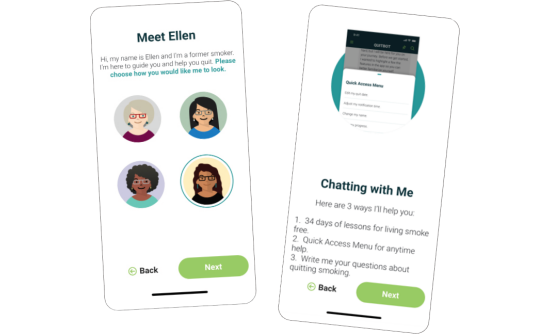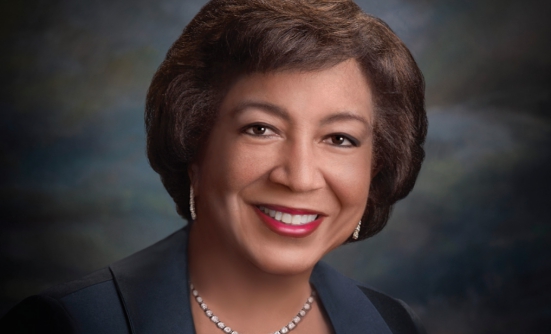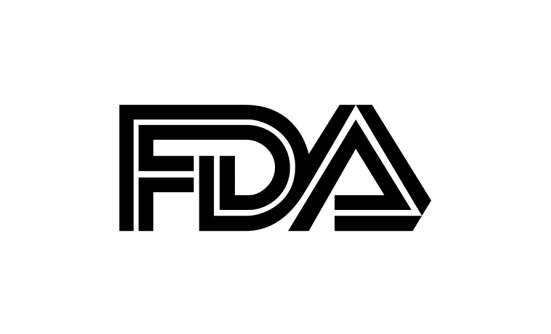I had just arrived home from an appointment with my 6-year-old son when my cell phone rang. It was my dermatologist’s office. I didn’t think much of it. I had been seeing the dermatologist every 6 months for the past several years, and it was always the same thing. A mole was removed, and I would get a call telling me the mole was atypical, but no cause for alarm, and they would see me again in 6 months.
But this time, the call was different. On this call, the nurse on the other end informed me I had melanoma.
After the Phone Call
What followed was a series of meetings with a dermatology surgeon, a head and neck surgeon, an anesthesiologist, and an oncologist. I had extensive surgery to my head and neck area, including removal of a few lymph nodes. The mole was smaller than the head of a pencil eraser, but the incision was the length of my jawline. Fortunately, my margins were clear, and my lymph nodes were not involved. However, what followed was a seemingly unending series of additional skin biopsies and surgeries.
Atypical Mole Syndrome
I have a condition called atypical mole syndrome, also known as dysplastic nevus syndrome. People with atypical mole syndrome may have more than 50 atypical moles and many have more than 100.
These moles are usually on the trunk, but they may also be in areas that rarely or never get sun exposure, like the groin or buttocks. At least one of these moles is larger than normal and atypical in appearance. The higher the number of atypical moles, the higher the risk of melanoma. And once a melanoma is diagnosed, it increases the risk for having more.
Atypical mole syndrome is a rare condition that typically runs in families and is more prevalent in Caucasians than in other ethnicities, affecting an estimated 2% to 8% of the population.
Although no one in my family has been diagnosed with this condition, I have many of the risk factors for skin cancer.
The Facts About Skin Cancer
Skin cancer does not affect only those with atypical mole syndrome. It can affect anyone, regardless of age or race. The risk for melanoma for those of us with this syndrome is at least 12 times higher than for the average person. And once we are diagnosed with melanoma, our risk for additional melanomas increases.
It is estimated that about 3 million Americans are diagnosed with non-melanoma skin cancer, including basal-cell and squamous-cell cancer, each year.
Melanoma accounts for only 1% of all skin cancer diagnoses in the United States, but it is staggering to think that 1 American dies of melanoma every hour, according to the American Cancer Society.
If everyone understood the risk factors and practiced prevention strategies, the statistics could change. All people, regardless of whether they have atypical mole syndrome, should know their skin. Monthly skin checks will help detect any changes.
It may be challenging for someone with atypical mole syndrome to do a skin check, because we have so many moles, and so many that may look abnormal. It can help to ask a family member to check your back and other areas you may not be able to see clearly.
Some dermatologists recommend total body mapping, in which pictures are taken of the person’s skin, and these pictures are then used to look for skin changes during each dermatology follow-up visit. An instrument known as a dermascope may be used to detect skin abnormalities. For those with this syndrome, dermatology visits should be scheduled yearly, or more frequently, as determined by your physician.
What Are the Risk Factors?
- Fair skin, with blonde or red hair, light-colored eyes, and freckles
- A history of sunburns
- Excessive sun exposure and/or excessive tanning
- Family history of skin cancer
- A personal history of skin cancer
- A history of indoor tanning
- A history of atypical mole syndrome (or dysplastic nevus syndrome)
- A compromised immune system
What Should You Look For?
Normal moles are typically less than ¼ inch, round or oval, and flat or slightly raised. They are brown and evenly colored. Once they appear, they do not change in size or color.
Atypical, or dysplastic, moles can be identified using the following ABCDE rule:
- Asymmetry: one-half of the mole does not match the other half
- Border: the borders are irregularly shaped, or the edges are blurred
- Color: the mole may be various shades of brown or black; it may be blue, red, or pink, or it may contain a white crust
- Diameter: normal moles are less than ¼ inch; dysplastic moles may be larger
- Evolution: any mole that changes shape or color, or develops after age 40, should be checked, and any mole that bleeds, oozes, itches, or becomes crusty in appearance should be checked immediately.
What are the prevention strategies?
You can use the following common and simple prevention strategies to reduce your risk for skin cancer; these include:
- Use broad spectrum UVA/UVB sunscreen with a minimum SPF-15 every day, because sun exposure can occur through car windows and office windows and when walking through a parking lot
- If you are outdoors for any length of time, increase the SPF to a minimum of SPF-30, and reapply at least every 2 hours
- Avoid sun exposure between 10 am and 4 pm
- Wear protective clothing and a wide-brimmed hat or seek shade and protect your eyes with UV-blocking sunglasses
- Avoid tanning beds
- Inspect your skin every month and contact a dermatologist if you note any skin changes or areas of concern.
Skin cancer is the most common type of cancer in the United States in men and women. Now that summer is here, get to know your skin. Understand the risk factors. Skin cancer can affect anyone, so take care of your skin, and make sunscreen use a habit. Together we can reduce the risk and lower the statistics for skin cancer.
Key Points
- A typical mole syndrome is a rare condition that typically runs in families
- It is more common in Caucasians than in other ethnicities, affecting about 2%-8% of the population
- People with atypical mole syndrome may have more than 50 atypical moles and many have more than 100
- The risk for melanoma in those with this syndrome is at least 12 times higher than in the general population
- About 3 million Americans are diagnosed each year with non-melanoma skin cancer, including basal-cell and squamous-cell cancer















